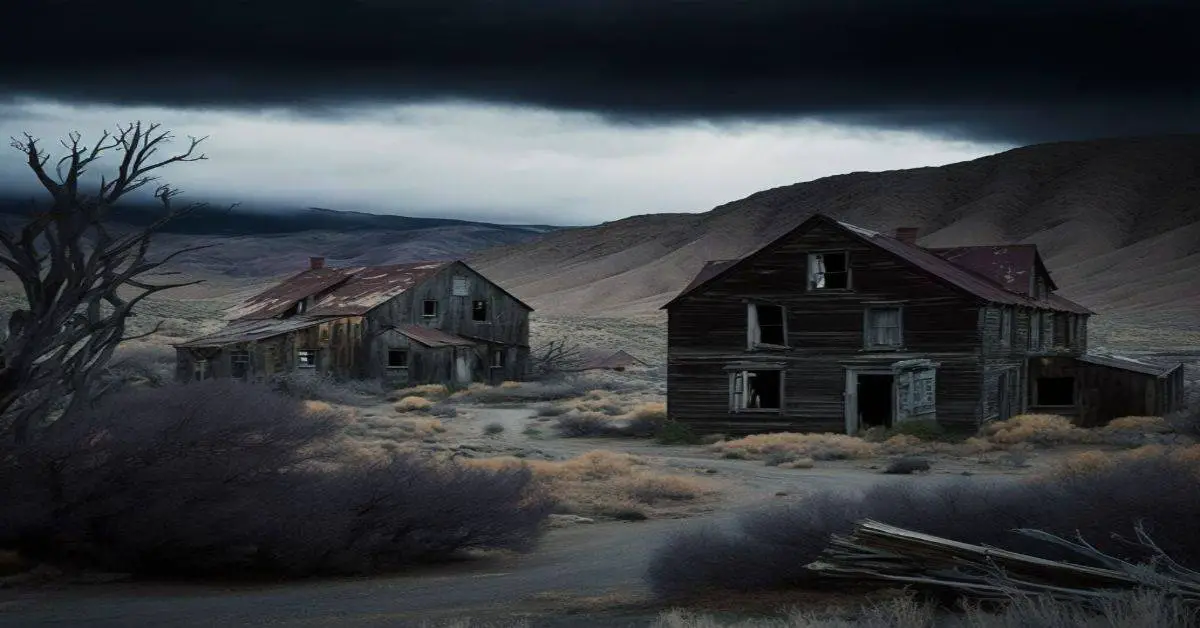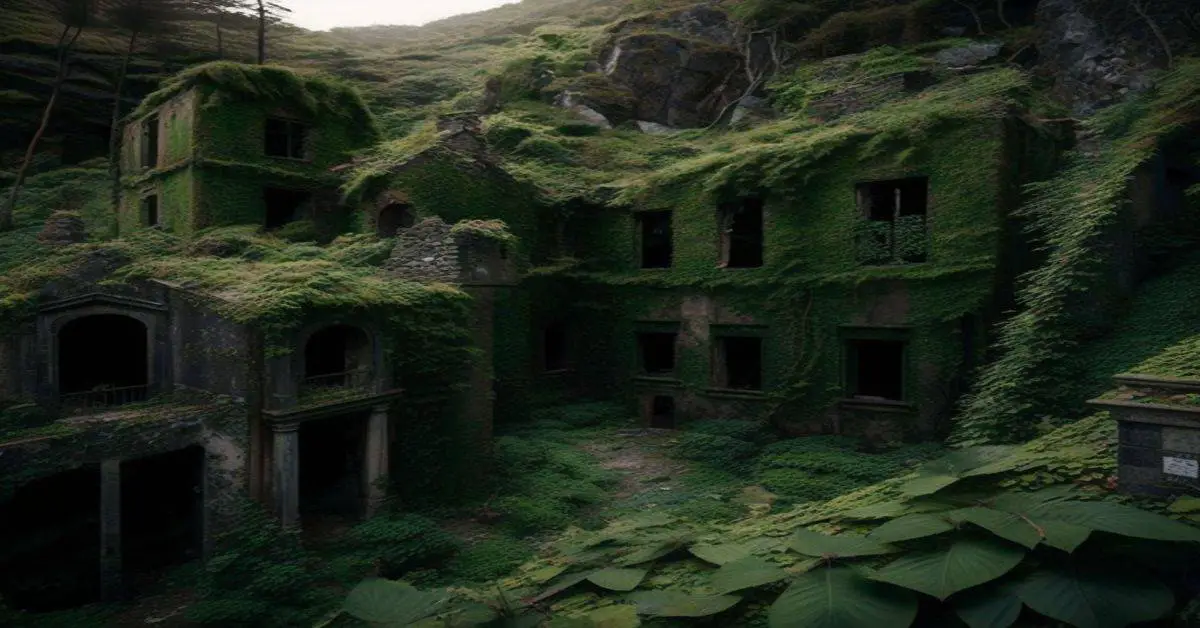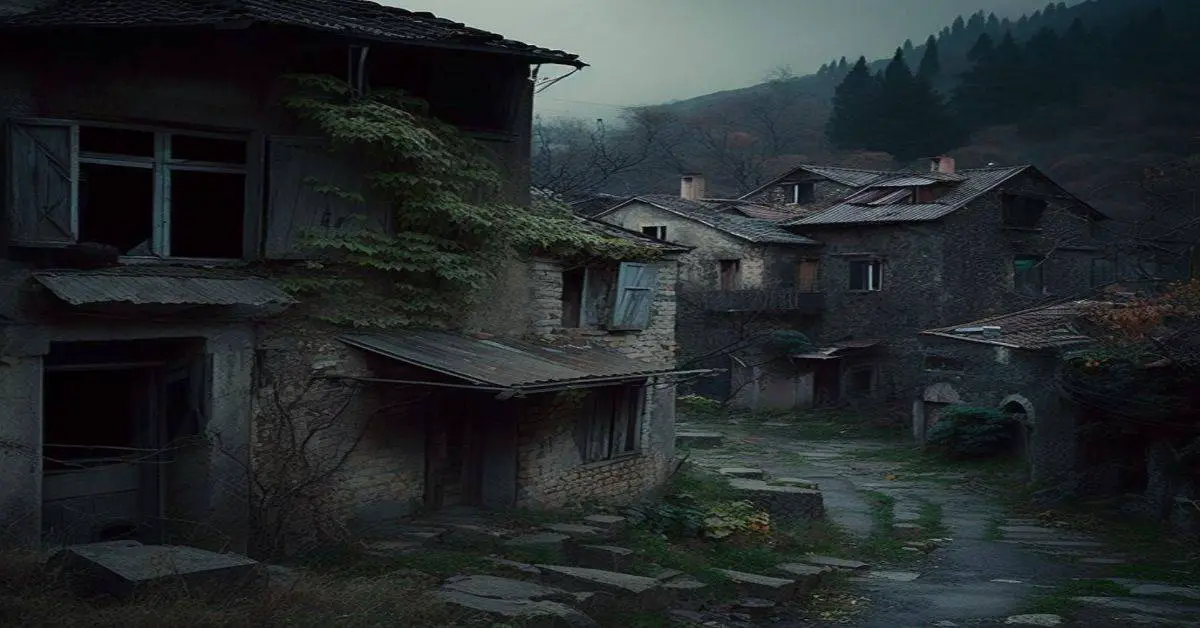Nevada’s ghost towns may seem like mere abandoned relics of the past, but they are much more than that. They are a testament to the state’s rich mining history, showcasing the highs and lows of the industry. These towns were once bustling with life, but now they stand as eerie reminders of the past, beckoning adventurous souls to explore their abandoned streets and buildings.
From the once-thriving company town of McGill, with its diverse population and large copper smelter, to the small rush of Mineral City that quickly declined with sagging ore prices, Nevada’s ghost towns offer a glimpse into a bygone era.
While some towns have been completely abandoned, others have been partially restored and still house a few residents. This article will take you on a journey through some of Nevada’s most fascinating ghost towns, exploring their history and significance to the state’s mining heritage.
So, grab your map and sense of adventure as we embark on a journey to discover Nevada’s ghost towns.
Key Takeaways
- McGill was a company town of the Nevada Consolidated Copper Company and had a population peak of around 3,000 in the late 1920s/early 1930s. Today, the town retains only about 250 residents, and interesting buildings exist and are worth visiting.
- Melvin was an active ranch in Steptoe Valley, and the Nevada Northern Railroad created a siding for delivery of supplies to the mining camp at Ruby Hill. However, Melvin did not expand beyond the small ranch stage, and thus there is no town there.
- Menken was a small satellite camp that sprang up during the Hamilton boom. The discovery of the Mazippa Mine brought 300 people to the area, and the townsite was laid out in early February. However, the strike played out by fall and the camp was abandoned. Today, only mine dumps mark the site.
- Mineral City experienced a small rush in 1867 when silver-bearing ore was discovered, and the population peaked at close to 600 in 1872-73. However, sagging ore prices brought rapid growth to a grinding halt, and the population dropped to 200 by 1880 and all mines were idle. Wood and rock buildings, including a school, remain, and nearby mines at Kimberly and Ruth kept some people living in Mineral City.
McGill: A Company Town
The company town of McGill, known for its progressive nature and distinct neighborhoods, was a thriving community in the early 20th century thanks to the success of the Nevada Consolidated Copper Company and later the Adams-McGill Corporation.
The town was carefully planned, with one main business street and raised wooden sidewalks. It was divided into different areas, including Charmed Circle for the elite, Upper/Middle/Greek/Austrian/Jap Town, and Lower Town for single people.
The general manager’s home in Charmed Circle became one of the most attractive homes in Nevada.
The Adams-McGill Corporation created one of the largest sheep and cattle empires in Nevada, and the McGill smelter, built in 1908, employed 2,200 men by 1909.
The town’s population peaked at around 3,000 in the late 1920s and early 1930s. However, the population declined after the Great Depression, and by the late 1970s, only 1,000 residents were left.
Today, the town retains about 250 residents.
The urban planning and company history of McGill make it a fascinating destination for those interested in the history of company towns in the western United States.
Other Ghost Towns
Several abandoned settlements in Eureka, Lander, and White Pine counties, such as Mineral City, Menken, and Melvin, offer a glimpse into Nevada’s past mining industry.
Mineral City, once a booming silver rush town, is now a quiet area with a few wooden and rock buildings, including a school that still stands. Although its population dwindled due to sagging ore prices, nearby mines at Kimberly and Ruth kept some people living in Mineral City. Despite the decline, Mineral City still attracts visitors interested in its rich history.
Menken, a small satellite camp that sprang up during Hamilton boom, saw a brief surge in its population when the Mazippa Mine was discovered, bringing in 300 people to the area. However, the strike played out by fall, and the camp was abandoned. Today, only mine dumps mark the site.
Melvin, on the other hand, did not expand beyond its small ranch stage, as the Nevada Northern Railroad created a siding for delivery of supplies to the mining camp at Ruby Hill. Although there is no town, Melvin’s active ranch in Steptoe Valley remains a significant cultural preservation site.
Abandoned structures of these ghost towns continue to fascinate visitors and provide a glimpse into Nevada’s rich history.
History and Significance
Abandoned settlements in Eureka, Lander, and White Pine counties provide valuable insights into the history and significance of Nevada’s mining industry. These ghost towns are remnants of a bygone era, a testament to the state’s rich mining heritage. Each settlement has its unique story, with some thriving during the boom times while others dwindled away after the ore ran out.
The remaining buildings and structures offer a glimpse into the past, allowing visitors to imagine what life was like for the miners and their families who once called these places home. The importance of preserving these ghost towns cannot be overstated. They are a vital part of Nevada’s history and cultural heritage.
Efforts have been made to protect and restore some of the buildings, such as the Kinnear Mansion in McGill, but many others are still in disrepair. Preservation techniques, such as documenting and cataloging the structures and artifacts, stabilizing the buildings, and providing interpretive signage, can help ensure these ghost towns remain accessible to future generations.
By preserving these sites, we can better understand Nevada’s past and appreciate the hardships and triumphs of those who came before us.
Frequently Asked Questions
What is the current state of the Kinnear Mansion in McGill?
The Kinnear Mansion in McGill, a once-attractive home, is now abandoned and ruins. However, it is currently occupied and restored, making it a worthwhile destination for exploring abandoned architecture.
Are there any plans to restore the clubhouse in McGill?
The restoration progress of the clubhouse in McGill is underway, with funding sources from the community and various grants. The building is being restored to its former glory and will serve as a community center once completed.
What is the history of the Nevada Northern Railroad’s siding in Melvin?
Although Melvin did not develop beyond a small ranch, the Nevada Northern Railroad created a siding for delivery of supplies to the nearby mining camp at Ruby Hill. Restoring abandoned buildings in Nevada’s Ghost Towns can preserve this history.
What happened to the Mazippa Mine in Menken?
The Mazippa Mine in Menken was discovered during the Hamilton boom, bringing 300 people to the area. The townsite was laid out, but the strike played out by fall and the camp was abandoned. Only abandoned structures and mine dumps remain, showcasing the mining industry’s impact.
What is the current condition of the wood and rock buildings in Mineral City?
The wood and rock buildings in Mineral City, a small rush town that peaked in the 1870s, remain standing today. Although the population dwindled, preservation efforts recognize the historical significance of the remaining structures.


